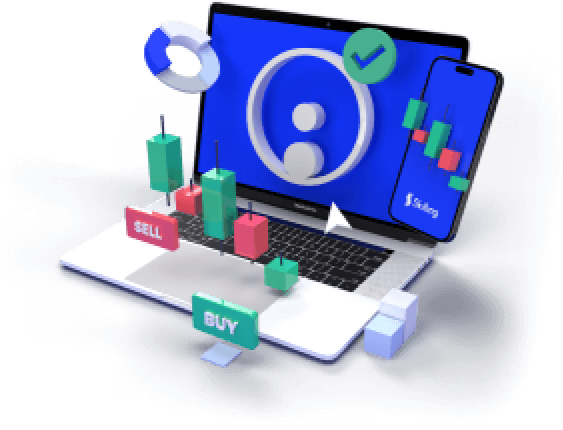CFD-trading (Contract for Difference) allows traders to speculate on price movements without owning the underlying asset. It’s flexible, accessible, and used by both beginners and professionals across global markets.
Here’s a clear, step-by-step guide to help new traders understand CFD-trading — from opening an account to managing risk.

1. Understand What a CFD Is
A CFD is a financial contract between you and a broker where you exchange the difference in value of an asset between the time the contract is opened and closed.
You can:
- Go long (buy) if you believe prices will rise
- Go short (sell) if you expect prices to fall
You trade the price movement, not the asset itself.
2. Choose What to Trade
CFDs are available on:
- Forex (EUR/USD, GBP/JPY, etc.)
- Stocks and indices (S&P 500, DAX, etc.)
- Commodities (gold, oil)
- Cryptocurrencies (Bitcoin, Ethereum)
Pick assets you understand and follow regularly.
3. Learn How Leverage Works
CFD-trading offers leverage, meaning you can control a larger position with a smaller deposit. While this amplifies gains, it also increases potential losses. Start with low leverage (e.g., 5:1) until you’re confident.
4. Open and Set Up a Trading Account
Choose a regulated broker that offers:
- A user-friendly platform
- Risk management tools (stop-loss, take-profit)
- Educational resources
Complete registration, verify your identity, and fund your account.
5. Analyze the Market
Use:
- Technical analysis – charts, patterns, indicators
- Fundamental analysis – news, economic reports, earnings
A combination helps identify potential opportunities and time entries.
6. Create a Trading Plan
Your plan should include:
- Entry/exit rules
- Maximum risk per trade
- Preferred markets
- Trading times
Stick to your plan to reduce emotional trading.
Why miss out on the commodities market's potential?
Discover the untapped opportunities in top traded commodities CFDs like gold, silver & oil.
71% of retail CFD accounts lose money.

7. Manage Risk
Use stop-losses and take-profit orders. Never risk more than 1–2% of your capital on a single trade. Monitor your margin and adjust trade size accordingly.
8. Track and Learn
Keep a journal to record every trade. Note why you entered, what happened, and how you felt. Over time, this improves decision-making.
Conclusion
CFD-trading offers flexibility and access to global markets, but it requires structure and discipline. Learn the basics, stay in control, and trade smart.











